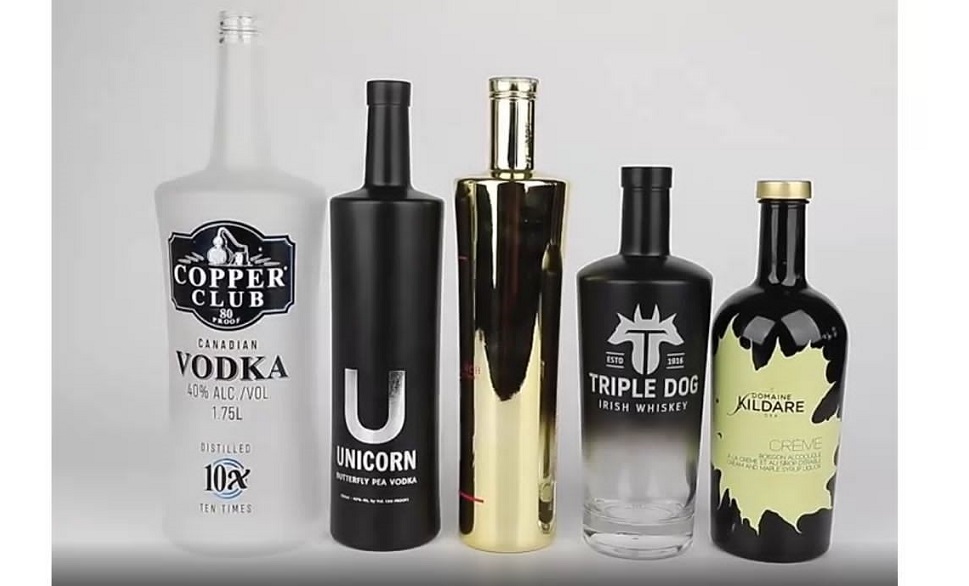Liquor bottles come in a variety of sizes, and it is important to understand the different options when lauching a unique liquor spirits collection, stocking a home bar or managing inventory for a restaurant or bar. The size greatly impacts the amount of liquor each bottle contains, which determines how many cocktails or shots can be made.
In this guide, we will provide an in-depth look at common and less common liquor bottle sizes with detailed information on ounces, milliliters, and shots per bottle. Let’s take a look at different sizes of liquor bottles.
At MC Glass Bottle Factory, we offer a wide range liquor bottles to distillers, liquor store wholesales and help brand owners with design results the combination of a high-quality glass printing process and the subsequent individualisation.
Key Points on Bottle Sizes of Liquor
- Standard bottle sizes include 50 ml, 375 ml, 750 ml, 1 liter, and 1.75 liters. The 750 ml fifth is the most prevalent. The 50 ml is the airplane liquor bottle size.
- Less common sizes are 200 ml, 1.5 liters, 3 liters, and 4.5 liters. They can be found but are specialty bottles.
- The number of shots or cocktails per bottle varies based on serving size and bottle volume.
- Factors like spirit type, region, marketing, and occasions influence bottle size selection.
- Consider volume needs, budget, and usage occasions when choosing liquor bottle sizes.
- Stocking the appropriate sizes for home bars or events ensures having proper quantities.
Liquor Bottle Sizes Chart
This table summarizes the standard sizes of liquor bottles
| Name | Milliliters | Ounces | Shots (1.5oz) |
| Miniature (Nip) | 50 ml | 1.7 oz | 1 |
| Pint | 375 ml | 12.7 oz | 8 |
| Fifth | 750 ml | 25.4 oz | 16 |
| Liter | 1000 ml | 33.8 oz | 22 |
| Handle | 1750 ml | 59.2 oz | 39 |
Liquor bottle sizes fifth and liter are the most popular standards for liquor bottles. The fifth (750 ml) is widely used for retail sales, while liter (1000 ml) bottles may be found in bars or clubs. Handles offer the largest volume for stocking bars.
Standard Liquor Bottle Sizes
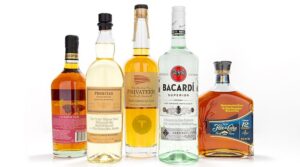
There are several standard liquor bottle sizes that are widely used across the alcohol industry globally. These bottles range from small sample sizes to larger handles for stocking bars. Here’s an overview of the most common liquor bottle sizes.
Miniature or Nip
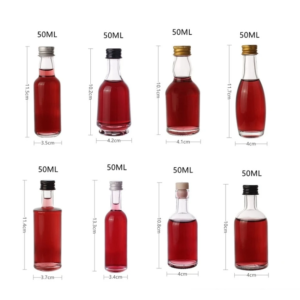
- 50 ml bottle
- Contains 1.7 fluid ounces
- Equivalent to a single 1.5 ounce shot
- Primarily used for sample-sized liquor bottles, often found in mini bar settings
Pint
- 375 ml bottle
- Contains 12.7 fluid ounces
- Equivalent to approximately 8 shots
- Half the size of a standard 750 ml bottle, good for personal use
Fifth
- 750 ml bottle
- Contains 25.4 fluid ounces
- Equivalent to around 16 shots
- Considered the standard liquor bottle size
- Most common format found in liquor stores
Liter
- 1000 ml bottle
- Contains 33.8 fluid ounces
- Equivalent to approximately 22 shots
- 25% larger than a 750 ml fifth
Handle
- 1750 ml bottle
- Contains 59.2 fluid ounces
- Equivalent to approximately 39 shots
- The largest commonly available liquor bottle size
Less Common Liquor Bottle Sizes
In addition to the standard bottles, some less common liquor bottle sizes are used for specific occasions or as gifts. The less common different size bottles of liquor include the following:
Split
- 200 ml bottle
- Contains 6.8 fluid ounces
- Equivalent to approximately 4 shots
- Half the size of a 375 ml pint bottle
Magnum
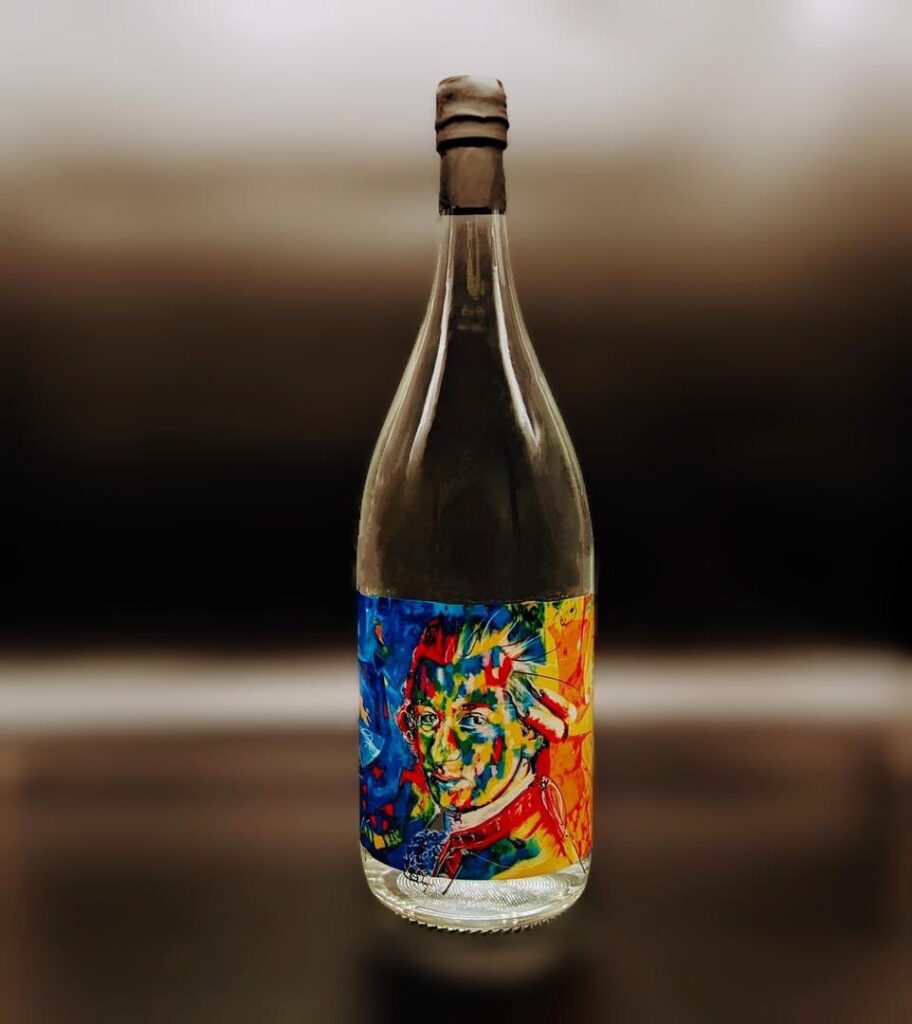
- 1500 ml bottle
- Contains 50.7 fluid ounces
- Equivalent to around 34 shots
- Double the size of a standard 750 ml bottle
Jeroboam
- 3000 ml bottle
- Contains 101.4 fluid ounces
- Equivalent to around 67 shots
- Four times larger than a 750 ml bottle
Rehoboam
- 4500 ml bottle
- Contains 152.2 fluid ounces
- Equivalent to approximately 101 shots
- Six times larger than a 750 ml bottle
Magnums and jeroboams are popular for weddings and large parties. Rehoboams are rare and usually reserved for special occasions due to the large volume.
Metric and Imperial Tape Measure
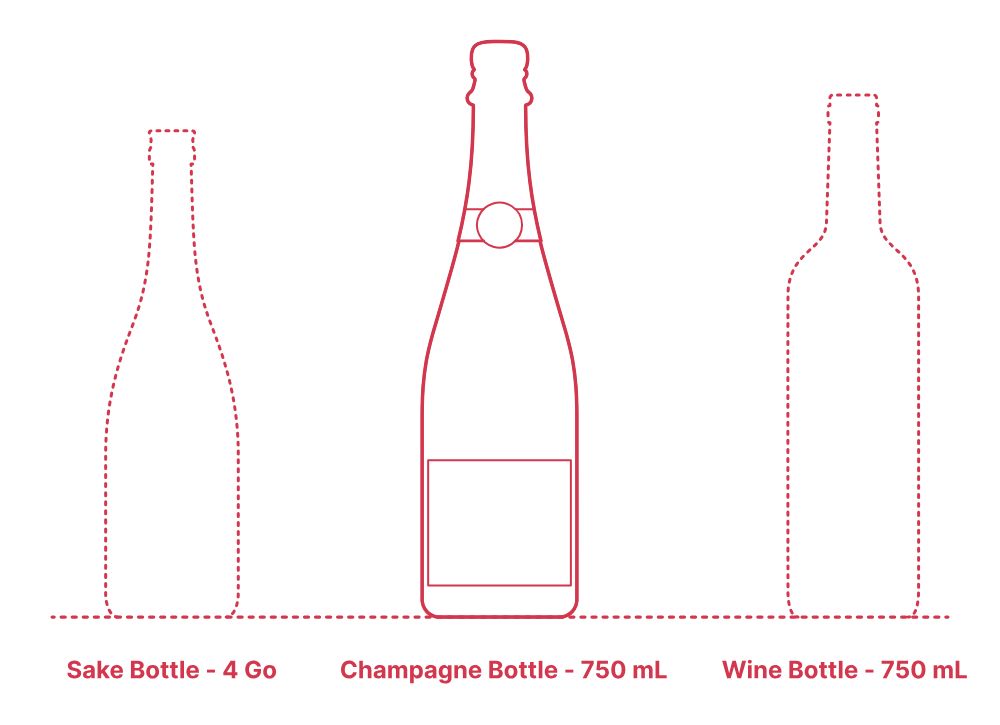
Liquor bottles use both metric and imperial measurements:
- Milliliters (ml) are the metric volume measurement
- Ounces (oz) are the imperial fluid ounce measurement
It’s helpful to understand liquor bottle sizes in both milliliters and ounces. For reference:
- 1 fluid ounce = 29.57 milliliters
- 4 fluid ounces = 750 milliliters
- 8 fluid ounces = 1 liter
So, a 750 ml fifth bottle contains 25.4 fluid ounces. A 1-liter bottle equals 33.8 fluid ounces. Converting between the two units allows calculating the number of shots or cocktails possible per bottle.
Shots Per Liquor Bottle
The number of shots varies based on bottle size and the serving size of the shots. A standard shot in the US is generally considered 1.5 fluid ounces. Based on this, the approximate number of 1.5 oz shots per liquor bottle size is:
- Miniature = 1 shot
- Pint = 8 shots
- Fifth = 16 shots
- Liter = 22 shots
- Handle = 39 shots
If 1-ounce shots are served, the number of shots increases slightly for each bottle size. Always account for the serving size when estimating shots per bottle.
For cocktails containing a base spirit and mixer, the number of cocktails available will generally align with the number of shots for each liquor bottle size.
Factors that Influence Liquor Bottle Sizes
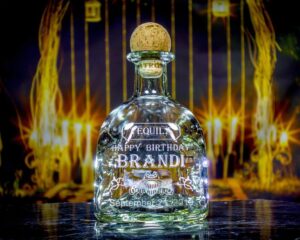
There are a few key factors that impact liquor bottles sizes:
Spirit Type
Some spirits have tendencies towards certain bottle sizes. For example:
- Vodka is commonly in fifths or liters
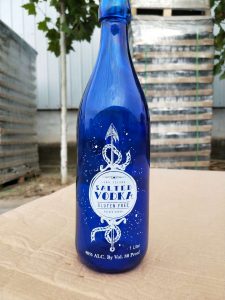
- Whiskey may come in pints up through handles
- Gin also follows the popular fifth and liter sizes
So, while there are standard liquor bottles, some sizes are more prevalent for certain alcohol types.
Region
International bottle standards vary slightly. While the fifth and liter are widely used, regional regulations can dictate other common sizes. It’s wise to learn the norms when traveling and importing/exporting alcohol.
Brand Marketing
Some brands choose unique bottle shapes and sizes as part of their marketing strategy. This differentiates their spirits from competitors. While contents may be the same as common bottle size, the distinctive bottle conveys brand identity.
Occasions
Larger bottle sizes like magnums or jeroboams are frequently associated with celebrations, events, and holidays when larger volumes are desired. The novelty and presence of oversized bottles make them suitable options for certain occasions.
Factors that Determine Liquor Bottle Size Needs
Several factors help decide what liquor bottle sizes to buy for personal and professional use:
Personal Consumption
For home bars, fifth and liter sizes may be ideal for individuals or smaller groups. Splits and pints work for trying new spirits. Frequency of use will impact optimal sizes.
Number of Guests
When hosting parties, the number of attendees will dictate the liquor quantities needed. More guests call for larger bottles or multiple smaller ones to ensure enough supply.
Cocktail Menu
If cocktails will be served, choose liquor bottles suitable for the recipes. Measure out a sample cocktail to estimate the number that can be made per bottle based on limited pours.
Shot Serving Size
Assess the standard shot size (usually 1 – 1.5 oz) to calculate the potential number of shots per liquor bottle. This determines how many bottles are required for serving shots.
Budget
Larger bottles offer better value per ounce but require bigger upfront investment. Smaller bottles allow buying a variety of spirits with less spent per bottle. Consider costs when selecting sizes.
By taking these factors into account, it becomes easier to select the appropriate liquor bottle sizes for any situation.
Tips for Stocking Different Bottle Sizes
When building a home bar or stocking a bar for an event, keep these tips in mind:
- Have at least one each of the popular base spirits like vodka, rum, tequila, etc. in fifth or liter sizes.
- Supplement with smaller specialty bottles for flavor variety.
- Stock enough mixers and garnishes for the number of cocktails to be made.
- Buy one or two extra bottles to avoid running out too quickly.
- Chill liquor and refrigerate perishable ingredients like juice.
- Consider magnums or jeroboams for large special events.
- Use handles to save on cost for frequently used bar spirits.
- Buy miniature or pint sizes to sample new liqueurs and liquors.
Proper planning using appropriate liquor bottle sizes makes home bars and cocktail parties smooth. Take time to assess your needs before shopping to ensure you buy enough, but not too much liquor.
FAQs About Liquor Bottle Sizes
Here are answers to some frequently asked questions about bottles and serving sizes for spirits:
What are standard liquor bottle sizes?
The standard or most common sizes are 50 ml, 375 ml, 750 ml, 1 liter, and 1.75 liters. The 750 ml fifth bottle is the primary liquor format.
How many shots come in different liquor bottles?
Shot estimates based on 1.5 oz pours:
- 50 ml = 1 shot
- 375 ml = 8 shots
- 750 ml = 16 shots
- 1 L = 22 shots
- 75 L = 39 shots
What are some other common liquor bottle sizes?
Beyond the standards, 200 ml, 1500 ml, 3000 ml, and 4500 ml bottles can be found but aren’t as readily available.
How do you determine how much liquor to buy for a party?
Consider the number of guests, types of drinks, standard pour sizes, and whether cocktails or shots will be served primarily. Then, select liquor bottle sizes that fit the expected volume.
Do liquors like vodka, whiskey, and rum come in different bottle sizes?
While there are typical sizes associated with certain spirits, there is flexibility. Brands can bottle in any of the available liquor bottle sizes.
What’s the difference between fifth and handle bottles?
A fifth is 750 ml, while a handle is larger at 1.75 liters. Handles are frequently used for bar stocking.
How many ml are in a shot of alcohol?
A standard shot is generally 44 ml (1.5 ounces). Shot sizes can range from 25 ml up to 50 ml, depending on location.
What are the largest and smallest liquor bottle sizes?
The smallest is a 50 ml miniature. The largest commonly found size is the 1.75-liter handle. Rehoboam bottles of upwards of 4.5 liters are produced but rare.
Conclusion
Understanding the full range of bottle sizes liquor sizes, whether you are sourcing mini liquor bottles, small liquor bottles or the common fifth and litre, find a trustworthy custom glass bottle manufacturer with combination quality consistancy, reasonable pricing rate and wide variety to choose from. With the detailed information provided in this guide, you can determine the optimal liquor bottle sizes for your specific needs such as whiskey, vodka, gin and bourbon.

